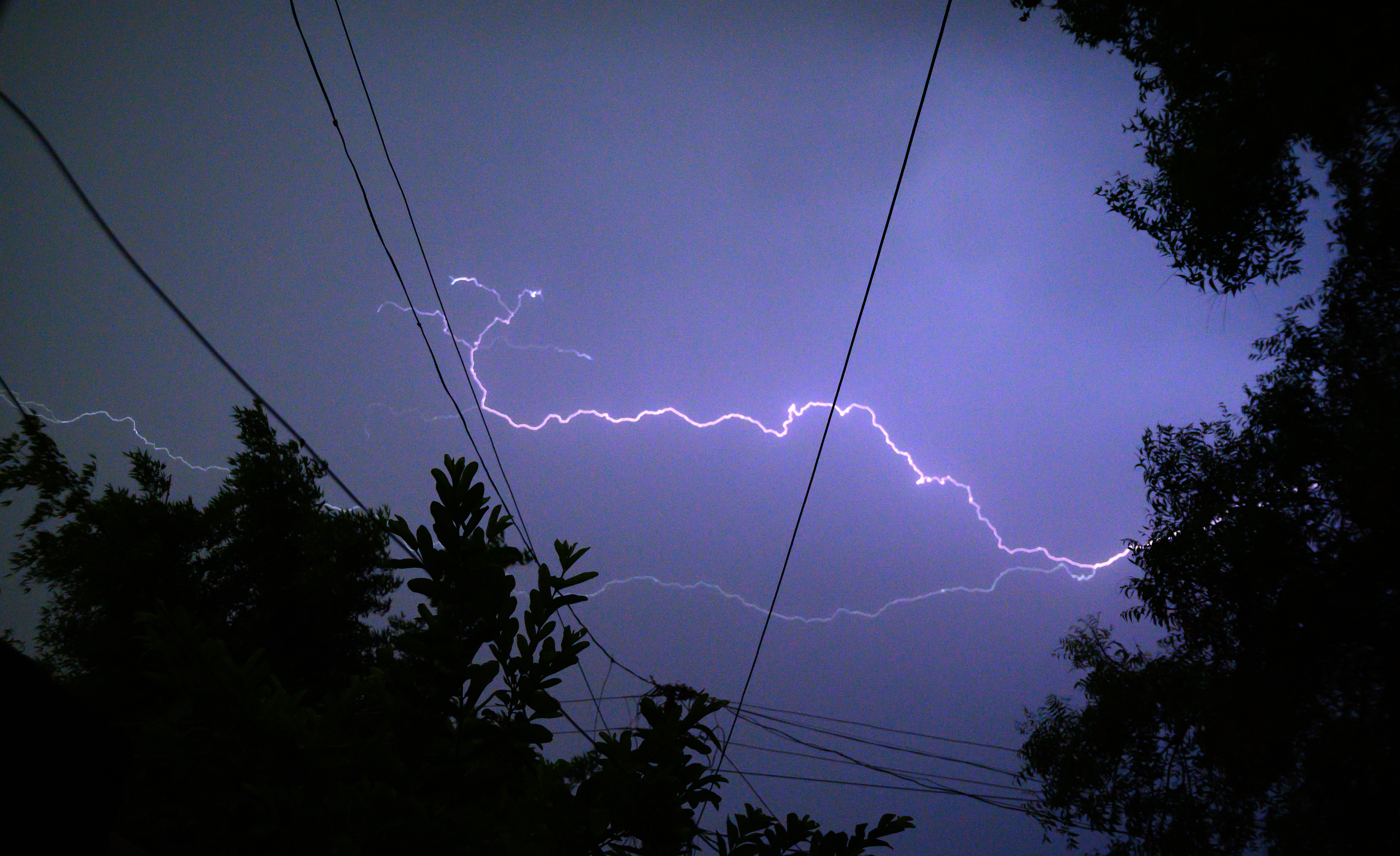While the Senate unanimously passed legislation that would make daylight saving time permanent in the United States by the fall of 2023, it’s unclear just how quickly the House of Representatives will take up the bill.
The measure, sponsored by Florida Sen. Marco Rubio, would take effect in Nov. 2023, meaning that Americans would spring their clocks forward in March of that year, and then wouldn’t have to adjust the time after that.
While the measure passed by voice vote in the Senate, it is not known at this time what the legislation’s fate in the House will be, as Speaker Nancy Pelosi said that other items are more front of mind, including passing aid for Ukraine after Russia’s invasion of the country.
“I, myself, support making daylight saving time permanent,” the Speaker said. “I think it’s not going to be much of an issue for us. But we have to socialize it in our caucus, and our Congress, not just the caucus.”
Feeling out of the loop? We'll catch you up on the Chicago news you need to know. Sign up for the weekly Chicago Catch-Up newsletter here.
According to The Hill, Pelosi cited other work on the situation in Ukraine as potentially taking precedence over any move to make daylight saving time permanent.
The publication also reported that House Minority Whip Steve Scalise said that lawmakers are “focused on Ukraine,” and that “other things have been more front and center” when asked about the bill.
The measure has been received by the House, but no vote or debate has been scheduled at this time, according to the legislative body’s calendar.
It’s also unclear what the Biden administration’s stance on the issue is. White House Press Secretary Jen Psaki was asked about the bill during her briefing following the vote, and she said the administration hasn’t formulated its position.
“I have seen those reports,” she said. “I don’t have a specific position from the administration at this point in time.”
Daylight saving time was established as a national standard in the 1960’s when Congress passed the Uniform Time Act. Several alterations have been made to that plan, including an experiment that kept DST in place year-round during the 1970’s, but Americans have been moving their clocks back and forth now for more than 55 years.
The only two states that fully opt-out from daylight saving time, Arizona and Hawaii, will not be required to join the rest of the United States in adopting year-round daylight saving time.
Local
Numerous states have passed legislation saying that they would observe daylight saving time year-round if Congress allowed it. Under provisions of the Uniform Time Act, states can opt out of the yearly springing-forward of clocks, but cannot opt out of the return to standard time without federal permission.



